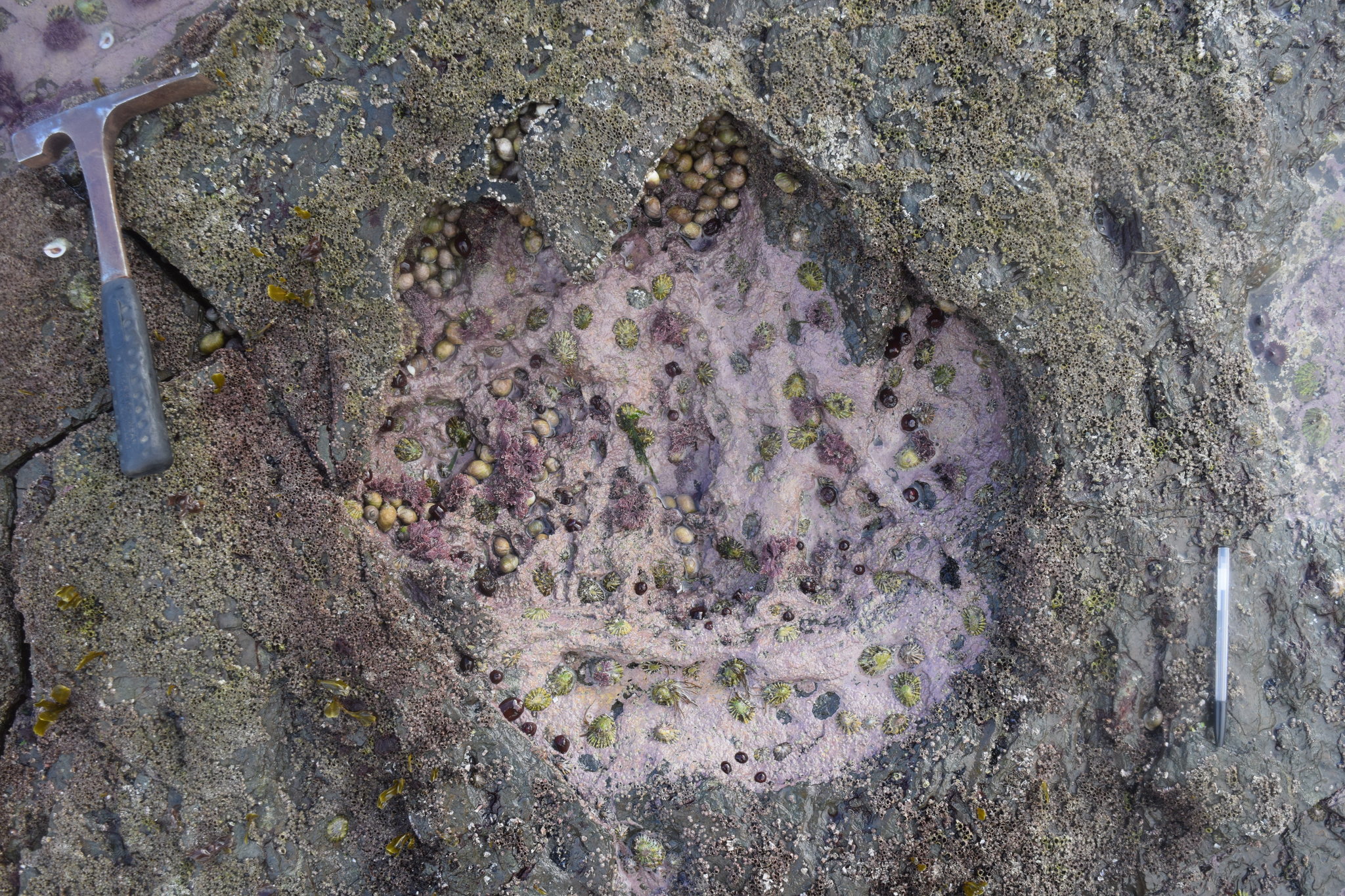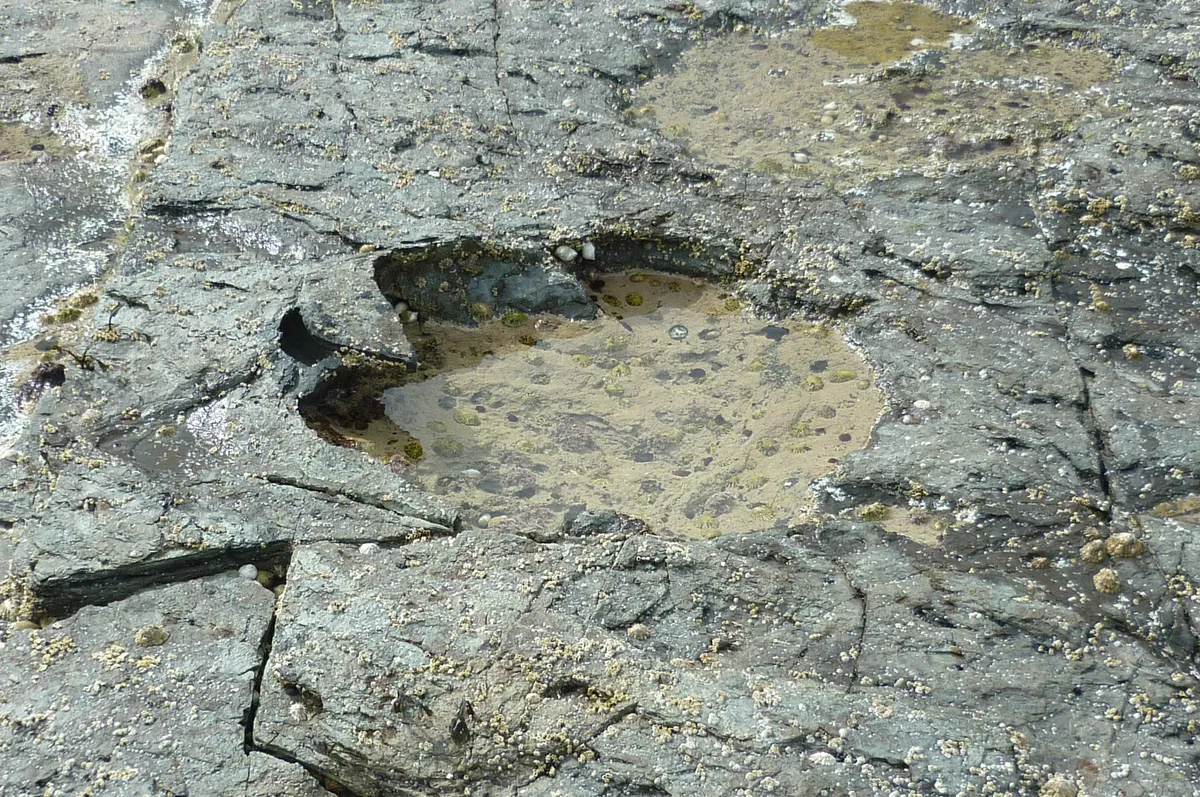When people imagine dinosaurs, misty Scottish coastlines rarely come to mind. However, a groundbreaking discovery by researchers at the University of Edinburgh has revealed that ancient dinosaurs, including ancestors of the Tyrannosaurus rex, once walked the Isle of Skye. A total of 131 footprints were uncovered at Prince Charles’s Point, offering valuable insight into dinosaur distribution during the Middle Jurassic period, around 167 million years ago.
Footprints Reveal Dinosaur Diversity, Behavior, and Habitat Preferences in Ancient Subtropical Scottish Lagoons
The footprints were discovered in sedimentary rocks that formed in a warm, subtropical lagoon—quite unlike Scotland’s current climate. The tracks fall into two main categories: three-toed impressions left by large, carnivorous theropods and rounded prints made by long-necked, plant-eating sauropods. Some measuring up to 23 inches, these footprints were preserved in rippled sands near the edge of the ancient lagoon, suggesting a rich and diverse dinosaur presence in the region during that time.

This discovery is not just notable for its size but also for what it can tell us about dinosaur behavior and environmental preference. The area showed an unusually high number of theropod footprints, suggesting some species preferred the shallow lagoons over other nearby areas. The tracks also showed both types of dinosaurs walking slowly and without direct interaction, hinting at a peaceful coexistence in this once-lush habitat.
Blending Paleontology and Technology to Reveal Dinosaur Movements Through 3D Mapping and Drones
What sets this discovery apart is the modern technology used to analyze it. A team of students and drone experts captured aerial footage of the site, which helped create detailed 3D models of the tracks. These digital reconstructions gave researchers new tools to map out the dinosaurs’ pathways and better understand their movement patterns across the terrain. The project even resulted in a documentary showcasing the fieldwork and research process.
The combination of traditional paleontology and modern imaging has opened a new chapter in understanding Scotland’s Jurassic past. The team hopes these 3D models will aid future research and offer a clearer picture of dinosaur life during this crucial evolutionary period. This discovery not only challenges assumptions about where dinosaurs lived but also demonstrates the growing role of technology in uncovering prehistoric history.


